#jean delaunay
Explore tagged Tumblr posts
Text










CUBISM 🟥 love, ur local art mom 🩵
disclaimers and more information under the cut ✂️
hi I’m annemarie and I’m an art historian! not adjuncting for the first time in five years was rly hard for me so I threw some slides together so I could still (sort of) teach the same material as my language of art class but a) I threw these slides together for instagram so space was/is limited and b) language of art is a ten week run through art history so I’m presenting only the most accessible information here – there’s so much more to this art period and to these artists! – please don’t expect it to be comprehensive and please do ask if you have any questions!
oh p.s. my first ever class of art history students came up with the name ‘art mom’ for me at the end of the quarter and yes it does make me cry if I think about it too long thanks so much for asking
#annemarie teaches art history#art history#cubism#cubist art#cubist#art#early cubism#eiffel tower#robert delaunay#crystal cubism#jean metzinger#late cubism#tetsugorō yorozu#maría blanchard#the first lady of cubism#georges braque#juan gris#woman with fan#françoise gilot#cubist artists#art mom#annemarieyeretzian
16 notes
·
View notes
Text
youtube
Luna Luna: the world's first art amusement park
#art#artwork#modern art#contemporary art#modern artwork#contemporary artwork#Jean-Michel Basquiat#Joseph Beuys#Arik Brauer#Salvador Dalí#Manfred Deix#Sonia Delaunay#Monika Gil'Sing#Keith Haring#amusement park#Youtube#Luna Luna#Andre Heller#David Hockney#Rebecca Horn#Roy LIchtenstein#Kenny Scharf#Daniel Spoerri#Jim Whiting
4 notes
·
View notes
Text
100+ Famous Modern Art Artists of All Time

2/8/2024 ♦ Framed Poster Print ♦ Canvas Print ♦ Metal Print ♦ Acrylic Print ♦ Wood Prints 🌐 Worldwide shipping
#john fahey#yves klein#robert delaunay#ellsworth kelly#brice marden#ad reinhardt#elaine de kooning#asger jorn#josef albers#yves tanguy#andré breton#leonora carrington#dorothea tanning#man ray#jean arp#andré masson#kay sage#remedios varo#The Tilled Field#meret oppenheim
5 notes
·
View notes
Text
Art Collector : Me !

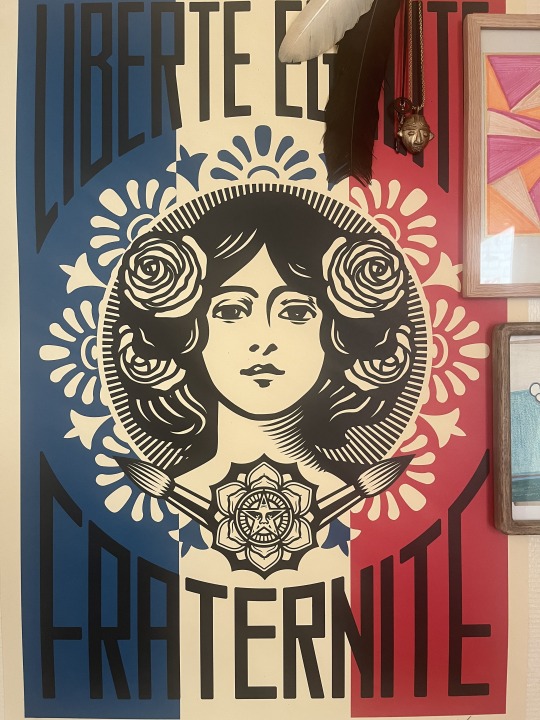
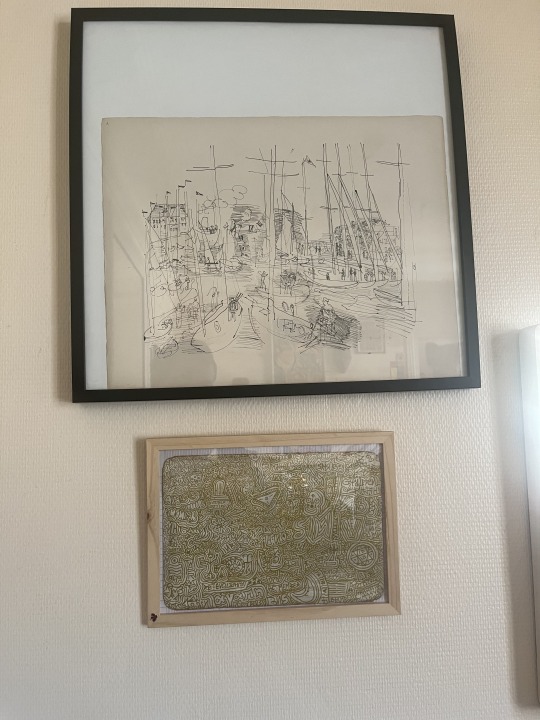
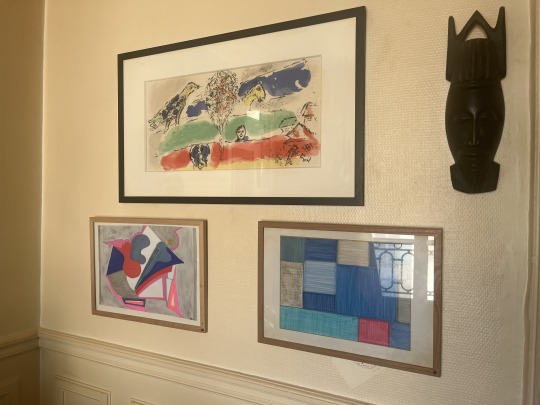
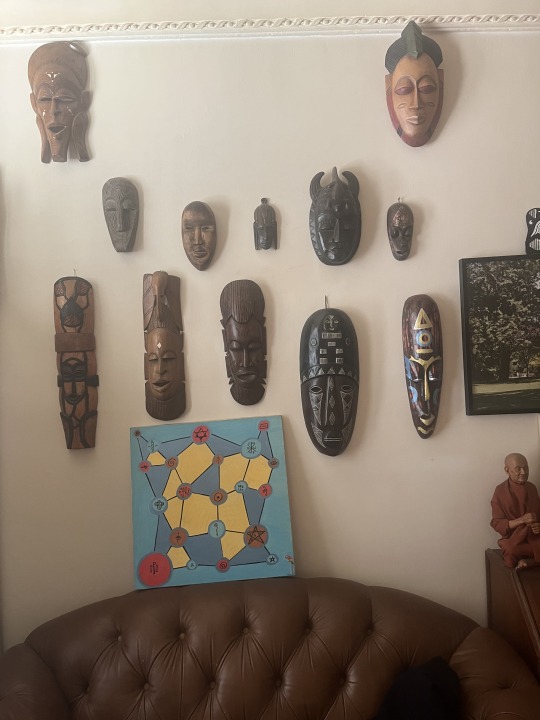
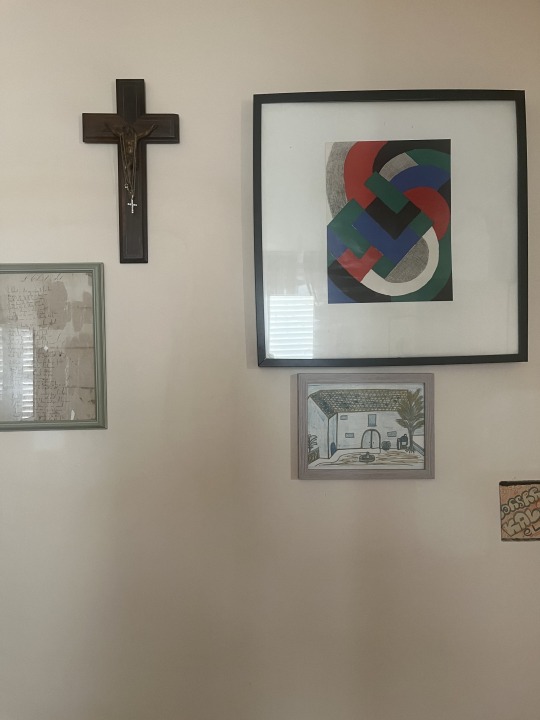
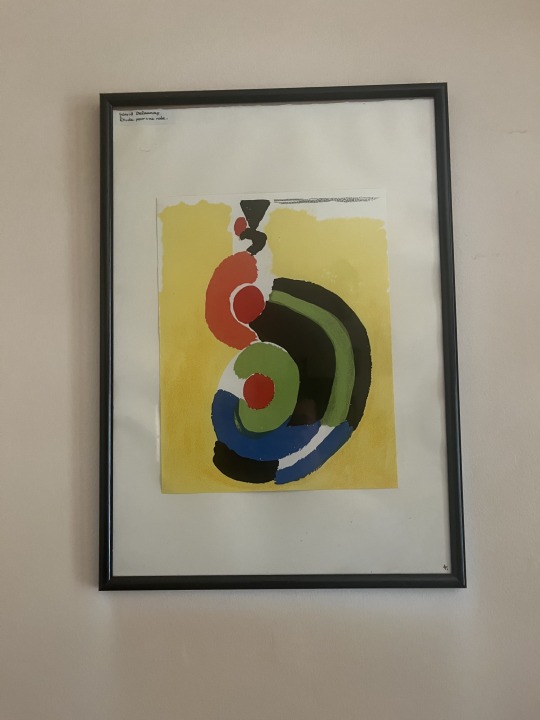







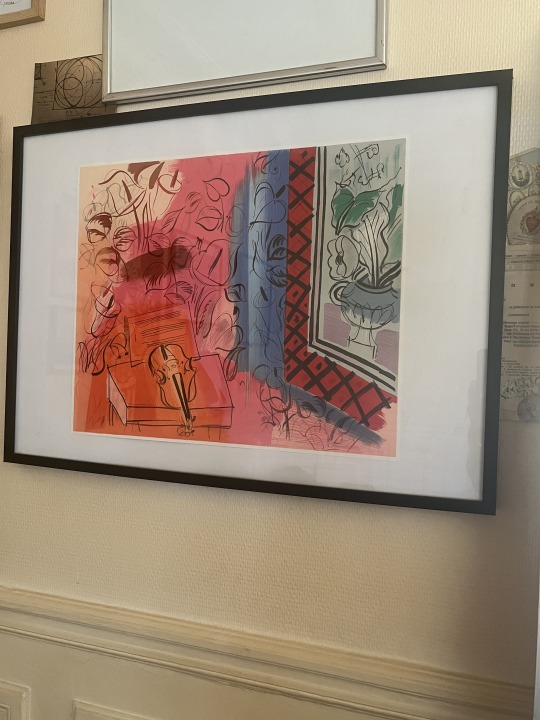
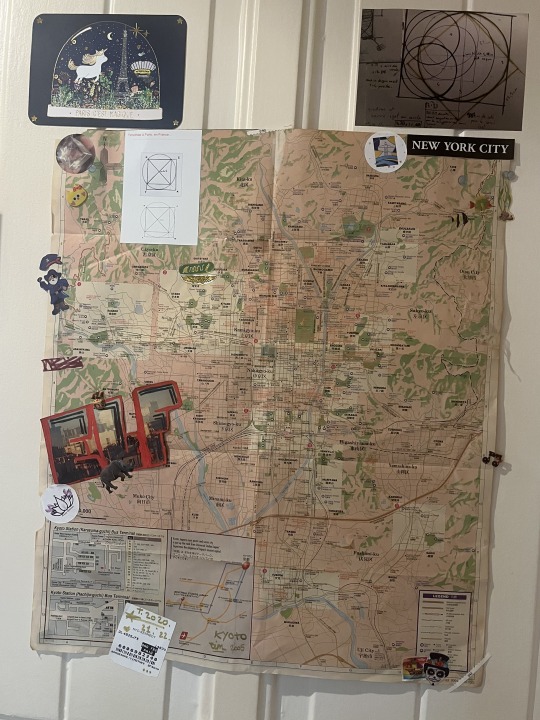


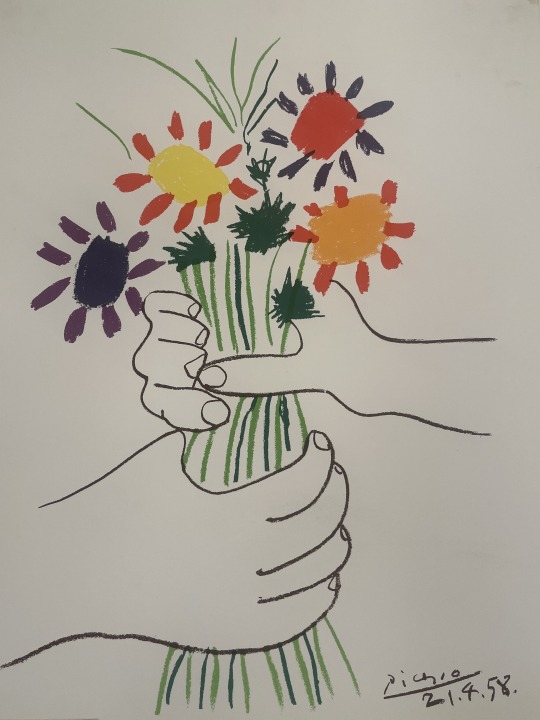
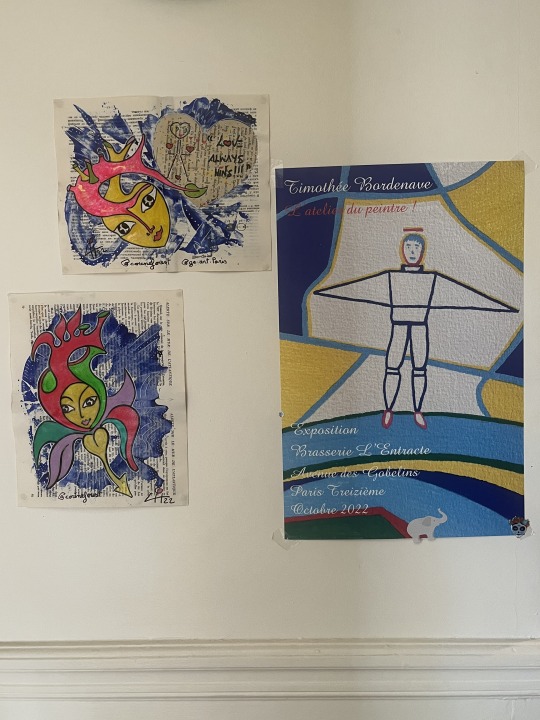

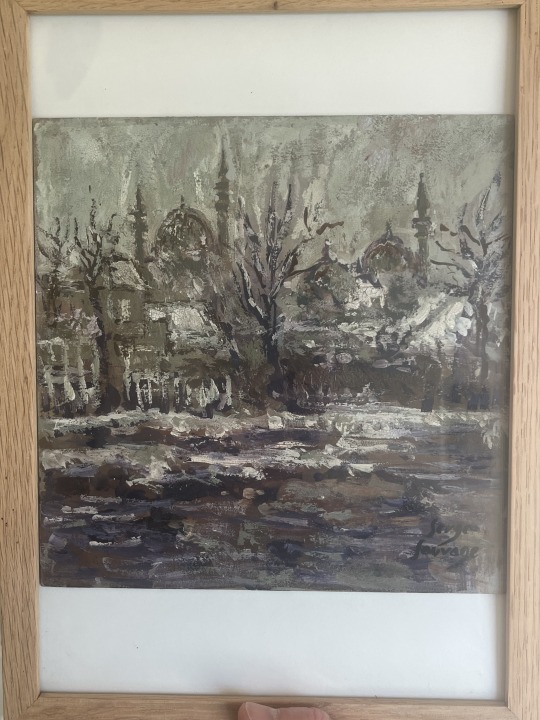

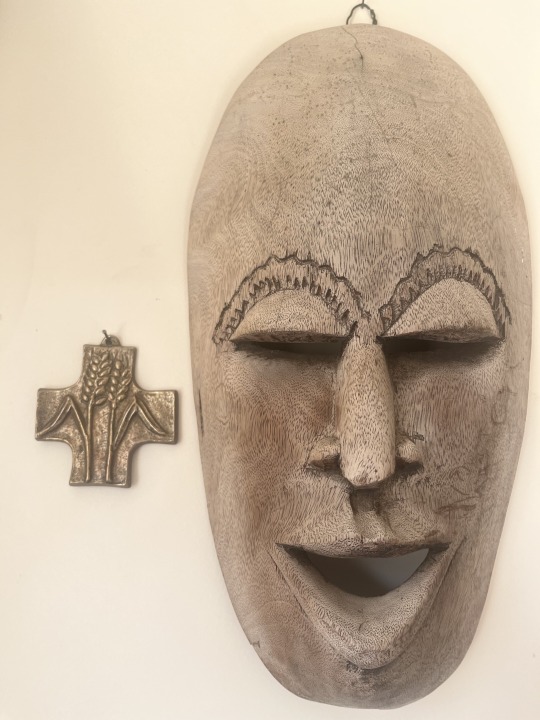
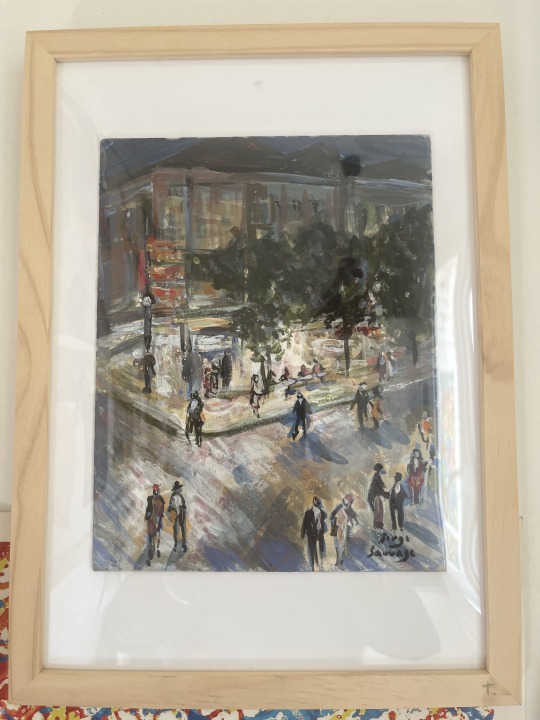

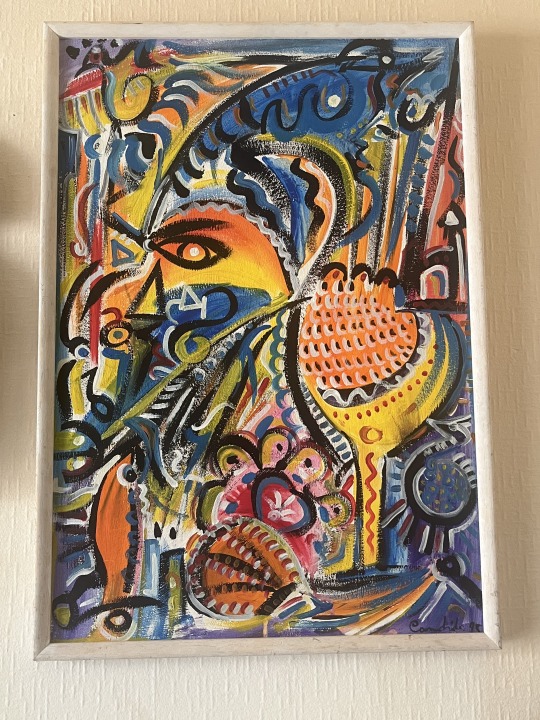



Thirty takes from a thirsty Art Collector, Tim84…
Statement look for my apartment : expansive.
All the best, Servitor !
T.😇💋💝🕊🇫🇷❤️🙏⭐️🦄📚
#timothee#tim84#apartment#paris#france#art collection#art collectors#parisian chic#marc chagall#raoul dufy#sonia delaunay#jean cocteau#saatchiart#satsuma#eagle feather#gien#mzelle colle#corine forest#charles de gaulle#african art#christian iconography#books#mirror#esoteric#expansive#interior decorating#yes wican !#obey the giant#modern art#francesco candido
4 notes
·
View notes
Text
Books On Books Collection - Miarko (Edmond Bouchard)

View On WordPress
0 notes
Text
Een vorkje prikken tussen een Picasso en Braque in? Op naar La Colombe d’Or in Saint-Paul-de-Vence.
La Colombe d'Or, een restaurant waarop menig museum jaloers is. En waar ik zomaar een vorkje zat te prikken met schilderijen van Picasso en Braque direct bij mij aan de muur. Voorwaar niet onaardig! Beleef 't mee in mijn TOOS&ART van deze week. #art #expo
La Colombe d’Or in Saint-Paul-de -Vence Toeval overkomt je, bijbehorende kansen pakken doe je zelf en de gevolgen kun je niet voorspellen. Zogezegd de kunst van het leven. Bij toeval ontdekte ik in 1994 Saint-Paul-de-Vence (lees deze blogaflevering). Dat ik er drie maanden bleef was ‘de kans pakken’. Maar als ik dat niet had gedaan, zouden levensgezel en ik dan recent aan een Franse lunch hebben…

View On WordPress
#Armand#Brigitte Bardot#Calder#Cannes#César#Côte d&039;Azur#Chagall#champagne#cliffhanger#Delaunay#Dufy#filmfestival van Cannes#filmstudio#Georges Braque#Jean-Paul Sartre#La Colombe d&039;Or#la Victorine#Léger#Masson#Matisse#Miró#Nice#Orson Welles#Parijs#Paul Roux#Picasso#Saint-Paul-de-Vence#Sean Connery#Sophia Loren
1 note
·
View note
Text









🟡 Sonia Delaunay Jeans 🪡🧵
The inspiration and pattern for my latest embroidery project came from French artist Sonia Delaunay's watercolor "Gouache". A pioneer to the Avant-Garde movement, Delaunay dabbled in several fields of art and design and had a prolific career. I was drawn in by the way she used bold colors to create dynamic geometric forms in her works and also introduced the visual language of abstract painting to her textile designs as well. The simultaneous contrasts in this piece particularly suggested to me a sense of movement, and how a color's nature can change when placed beside another.
#embroidery#embroidery art#embroidery design#sonia delaunay#my stuff#my embroidery#this took...so much time and floss
47 notes
·
View notes
Text
The art of Perrault (2)
Continuing from this post, there is another segment of the article which is absolutely delightful: the one about the "Fairy tale salon" of Jean Veber

Because Perrault didn't just inspire paintings and drawings - furniture too!
In the beginning of the 20th century, Jean Veber (a student of both Alexandre Cabanel and Robert Delaunay) was doing a lot of fairy-themed expositions, and when he was asked by Rosemonde Gérard (the wife of Edmond Rostand) to create her "boudoir" at their Arnaga villa (Cambo, Pays Basque), he chose "fairy tales" as his theme. He notably composed there beautiful wall paintings that attracted the attention of both Léon Bérard (under-secretary of state of the Beaux-Arts) and Gustave Geffroy, the administrator of the Gobelins Manufacture.
(Here is a Sleeping Beauty mural):

In 1912, Gustave Geffroy paid Veber to create an entire salon themed after Charles Perrault's fairy tales - tapestries and various sitting-furnitures. The plans for the salon were originally ambitious, but it was restricted due to limited money - else we would have had five tapestries and thirteen furnitures, including a bed, and many more "chairs" of various models (chaise, fauteuil, bergères). Instead, the "Contes de fées" salon gathers three tapestries, four armchairs, four regular chairs, a sofa, and a fireplace screen - now all preserved in the Mobilier national collection. (The two additional tapestries would have been Puss in Boots and Donkey Skin)
(Here's the Puss in Boots armchair)

(And the Bluebeard sofa)

After the newspapers mediatized madame Rostand's boudoir in the beginning of the 1910s, the Gobelins immediately asked Veber painted preparations of the Sleeping Beauty and Little Thumbling tapestries. In the 1914 he was commissioned the drawings for the various chairs by the Beauvais manufactury - specialized in chair tapestry. The project was interrupted by the First World war, but it began agan in 1919, year where the drawing for the Bluebeard sofa was made. The project got faster by the 1920s, thanks to the collaboration of the cabinet-maker Paul Follot. The entirety of the furniture was delivered by the end of 1922, after the Little Thumbling and Sleeping Beauties tapestries had been completed (1919-1920). The Cinderella tapestry (prepared by 1919) and the Beauty and the Beast screen won't be woven until 1923 and 1926.
(Sleeping Beauty silk-and-wool weavework)


The aesthetic of Veber's paintings evoke the paintings that cover the walls of the Arnaga villa: frize disposition and very colorful.
(Preparation work for the Cinderella tapestry)

These creations appeared half-a-century after Gustave Doré's illustrations, and in many ways oppose them. Here we have a sentimental, idealized, almost childish view of Perrault's story. Everything is light-hearted and funny, and the terror of the tales is removed - even the most frightening characters are merely grotesque. This is due to how, in this era, fairytales had been massively shared and spread as children literature, as well as to the nature of Veber's commission: indeed, the creation of a salon requires a peaceful and comforting ambiance, where someone can rest. He can't possibly put Doré images in there. After the First World War, this literary theme allows one to find back a sort of lightness - the tapestries of Beauvais being in harmony with the walnut-wood furniture, all golden and in curvy shapes.
(Beauty and the Beast fireplace screen)

Far from doing a "composition monotony", Veber makes sure each of the tapestries has been conceived in a different way, to offer a large palette of movement and dynamics. For Sleeping Beauty and Cinderella he chose specific moments of the tale. In the first, we have the prince charming rushing to the side of his beloved, in the middle of a thick vegetation filled with asleep characters. In the second, we see Cinderella fleeing the ball, her rushing carriage preventing the prince from stopping her. However, for Little Thumbling several key moments of the tale are presented side-by-side, so that in one glance the whole story is offered in a condensed version.
(Little Thumbling silk-and-wool weavework)

The "Contes de fées" salon of Veber is another example of the universality of Perrault, which can extend further beyond the world of the page, and into the decoration of walls and furnitures. The originality of this project seduced people at the time, and the Beauvais manufecture immediately demanded a new work from the artist: an "Animals in the forest" project for which he created four chairs, three armchairs and a screen. Delivered in 1925, this set can be considered a continuation of his "Fairy tales" salon.
(Armchair of the Foxes)

#jean veber#french things#perrault fairytales#french fairytales#fairytale illustrations#fairytale art#fairytale furniture#cinderella#sleeping beauty#little thumbling#furniture#tapestry#fairy tales salon
20 notes
·
View notes
Text

Edgar Maxence (French painter) 1871 - 1954 L’Âme de la Forêt (The Soul of the Forest), 1898 tempera and gold leaf on panel Musée des Beaux-Arts, Nantes, France
Edgar Maxence was taught by Elie Delaunay and Gustave Moreau at the École des Beaux-Arts in Paris. He is a contemporary of Henri Evenepoel, Jules Flandrin, Albert Marquet, Henri Matisse, Léon Printemps, Georges Rouault and other notable alumni from this famous school. He exhibited in the Salon des Artistes Français from 1894 until 1939, and was active on the salon's committees and juries. Maxence combined highly trained technique with a taste for medieval and mythical subjects, and hermetic imagery, and he exhibited at the Salon de la Rose+Croix from 1895 to 1897.
In 1920 he painted the image of Our Lady on the vaulted ceiling of the choir in the Basilica of the Rosary in Lourdes. He also illustrated the book Sainte-Jeanne-d'Arc (1945) by Jean-Joseph-Léonce Villepelet (bishop of Nantes 1936-1966).
10 notes
·
View notes
Text

Run-With-Me
Dramatic Character design, Concept art, Digital Art, Egyptian goddess, portrait, in the style of Elena Balbusso and Fernand Leger, Sonia Delaunay, Jean-baptiste monge, Paul Klee, 3d, depth, intricate detail
midjourney
215 notes
·
View notes
Text

eucanthos
Hamadryas' digital future -possibly-
Hamadryas / ἁμαδρυάς (sacred oak tree spirit. With Oxylus became mother of all tree nymphs that inhabit living trees and die with them).
Ernst Deger: Portrait of a Young Woman, 1835 [Angelic youth face mix, from Renaissance and Early German masters, used as iconography for spiritual propaganda (Christian)]
Tiepolo's Daphne (front) and Theodoor van Thulden after Rubens Apollo and Daphne 1636 mix
Nicolas Henri Jacob for Jean-Baptiste Marc Bourgery's Traité complet de l'anatomie de l'homme, 1831, Paris: Delaunay.
SNAKE Photo by Alexandra Von Fuerst
Burt Glinn Swing, Child and Gaudi Cathedral Barcelona, 1959
HAND Edita Vilkeviciute by Solve Sundsbo
Robert Mapplethorpe Lisa Lyon 1982 [strong arm]
Skeleton laskowski_t01-nlm
Erysichthon (Gr myth): Ἐρυσίχθων ὁ Θεσσαλός ("earth-tearer"), son of Triops, dared to timber the sacred oak (killing hamadryas nymph) inside a grove of Ceres / Demeter; as punishment, she sent Famine to posses his body and torment him by insatiable hunger. He sold all his possessions and even sold his daughter Mestra -Μήστρα- numerous times, taking advantage of her shape-shifting power (Poseidon’s gift). Never having enough to eat, Erysichthon eventually consumed himself.
[Eva, Daphne, Flora, all connect with tree narratives]
Dec 29 update
https://en.wikipedia.org/wiki/Hamadryad
https://sammlung.staedelmuseum.de/en/work/portrait-of-a-young-woman
18 notes
·
View notes
Text

Robert Delaunay
Jean Metzinger, 1906
Oil on paper. 54,9 x 43,2 cm
6 notes
·
View notes
Text

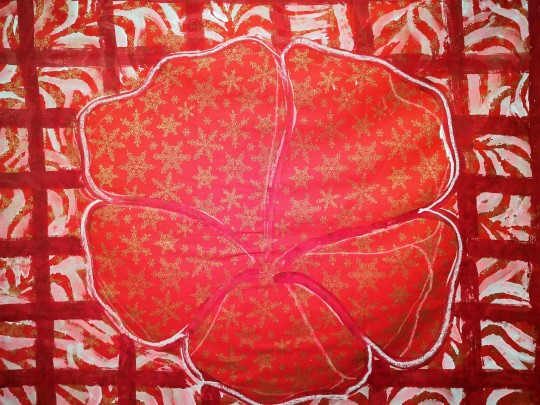
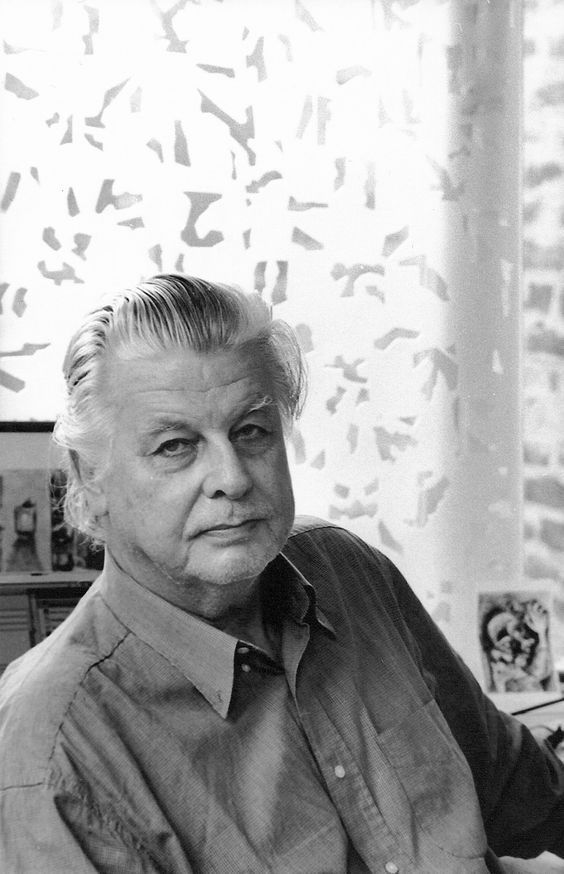
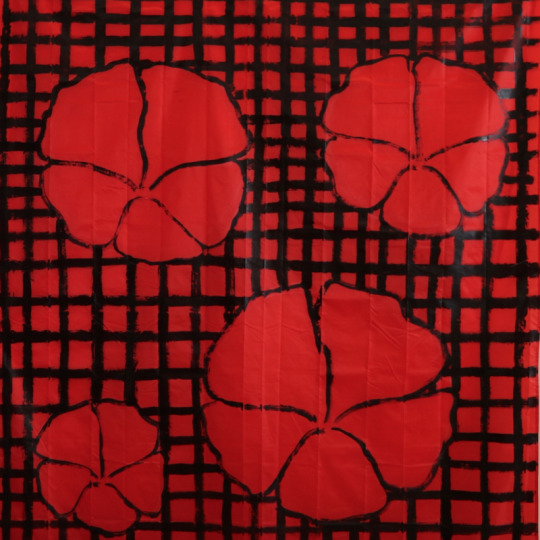

Jean-Michel Meurice (French, 1938 – 2022).
A student at the École des Beaux-Arts in Tournai, his youth was marked by a dual passion for painting and cinema. In 1960, while serving in the army in Algeria, he produced one of his first works that brought his two passions together: a three-hundred-metre-long painted film whose motif is composed solely of the repetitive traces of fingers and brushes; projected onto a screen, it is transformed into a moving painting lasting ten minutes. Since then he has pursued a dual career as a painter and film-maker.
In 1963 he made his first trip to the United States, where he discovered painting that was free of codes, the abstraction of Ad Reinhardt and the dripping and all-over processes that had made Pollock famous.
He painted repetitive shapes (stripes or dots) on large formats, using spray cans or sponges. The traditional canvas was often replaced by plastic sheeting or other unusual supports. In 1966 he exhibited at Jean Fournier’s in Paris with Hantaï, Degottex, Buraglio, Parmentier and Rouan, and was one of the co-founders of the Support/Surface movement.
Alongside his work as a painter, he has been involved in a number of audiovisual projects since 1960. He began his work as a film-maker with a series of portraits of artists (Bram Van Velde, Sonia Delaunay, Alberto Burri, etc.), making 13 short films on art. His documentary films, which have already won 7 d’Or awards, were awarded the Grand Prix National de la Création Audiovisuelle in 1992 and the Grand Prix de la SCAM in 2010.
Alongside his work as a painter, he has been involved in a number of audiovisual projects since 1960. He began his work as a film-maker with a series of portraits of artists (Bram Van Velde, Sonia Delaunay, Alberto Burri, etc.), making 13 short films on art. His documentary films, which have already won 7 d’Or awards, were awarded the Grand Prix National de la Création Audiovisuelle in 1992 and the Grand Prix de la SCAM in 2010.
23 notes
·
View notes
Text

Entrée du "Pavillon Vendôme" construit pour Jean Delaunay (circa 1670), ayant appartenu ensuite à Françoise Moreau, maîtresse de Philippe de Vendôme qui commanda des embellissements sous la direction de l'architecte Jules Hardouin-Mansart (1699), puis vendu en 1720 à Louis Armand de Bourbon, Prince de Conti (1720), à Clichy, février 2024.
8 notes
·
View notes
Text

Title: Man with a Tulip (also known as Portrait of Jean Metzinger)
Artist: Robert Delaunay
Date: 1906
Style: Neo-Impressionism
Genre: Portrait
#art#art history#painting#artwork#museums#history#culture#neo impressionism#portrait#robert delaunay
49 notes
·
View notes
Photo

Tissus Art Deco en France
Alain-René Hardy
Editions Langlaude , Paris 2011, 255 pages, 310 reproductions en couleurs
euro 60,00*
email if you want to buy :[email protected]
Histoire et évolution technique et esthétique du tissu de 1910 à 1945
Période d'agitation extrême - politique, sociale, culturelle et artistique -, l'Entre-deux-guerres est aussi un moment de création intense dans tous les domaines. À la suite des arts plastiques, les arts décoratifs, dynamisés par l'Exposition de 1925, poursuivent un renouvellement qui va à terme bouleverser le cadre de vie de toute une génération. Tendance bourgeoise, élitiste, à la Ruhlmann, ou aspiration fonctionnaliste, plus démocratique, dans la mouvance de Le Corbusier, le décor intérieur et la mode connaissent des mutations radicales reflétées par le tissu qui y joue un rôle fondamental. C'est à sa découverte que nous invite ici l'auteur, au travers des collections de musées, des archives de fabricants, des vestiges familiaux; au carrefour historique où coexistent, déjà et encore, la soie des canuts et la rayonne de Rhône-Poulenc, les planches en poirier gravées à la main et les énormes rotatives à 24 cylindres, l'indigo et la garance avec l'aniline et l'alizarine, l'artisanat et l'industrie, en un mot, la tradition et le progrès. Tour à tour somptueuse ou minimale, luxueusement fleurie ou tenue dans un simple arrangement élaboré de formes et de couleurs, atemporelle ou célébrant à l'envi les conquêtes de la vie moderne, voire l'actualité, une création textile riche et complexe, contradictoire même, se révèle à nous page après page, portant témoignage irréfutable que le tissu fut un vecteur privilégié des styles Art Déco.
(art deco, annees 25, annees 30, 1925, 1930, annees folles, textiles, tissues d’ameublement, , George #Barbier, #Brunelleschi, Georges #Lepape, Raoul #Dufy, Paul #Iribe,#Sue&Mare, #Fabius, Andre #Groult, , Emile-Alain #Seguy, Jacques-Emile #Ruhlmann, Paul #Poiret, Edouard #Benedictus, Alberto Lorenzi, Madeleine #Vionnet, Callot Soeurs,De Sonia Delaunay, #Verneuil, #Chanel, Paule Marrot, Jean #Lurcat, Elsa #Schiaparelli,
orders to: [email protected]
twitter: @fashionbooksmi
flickr: fashionbooksmilano
instagram: fashionbooksmilano
tumblr: fashionbooksmilano
9 notes
·
View notes